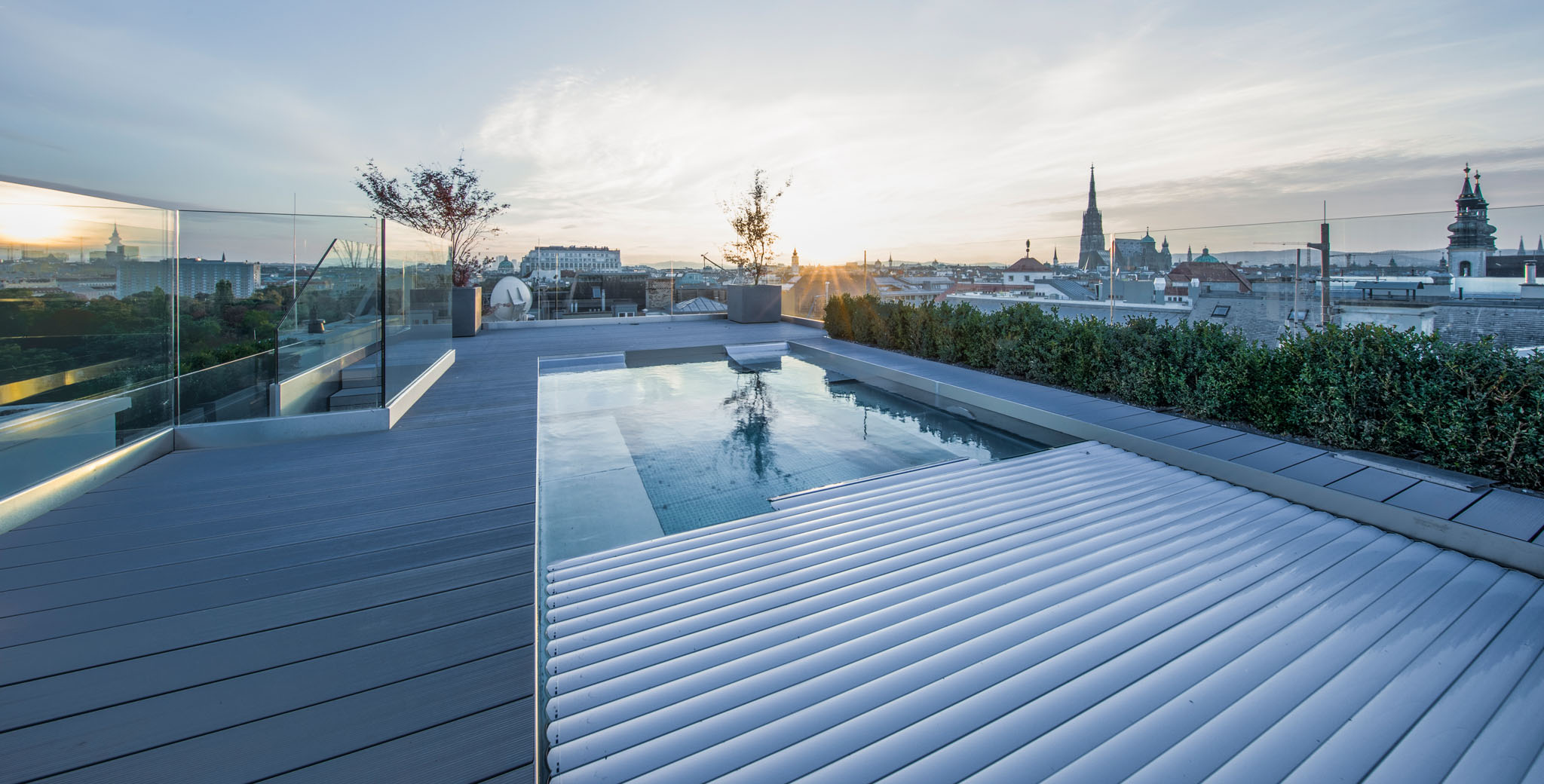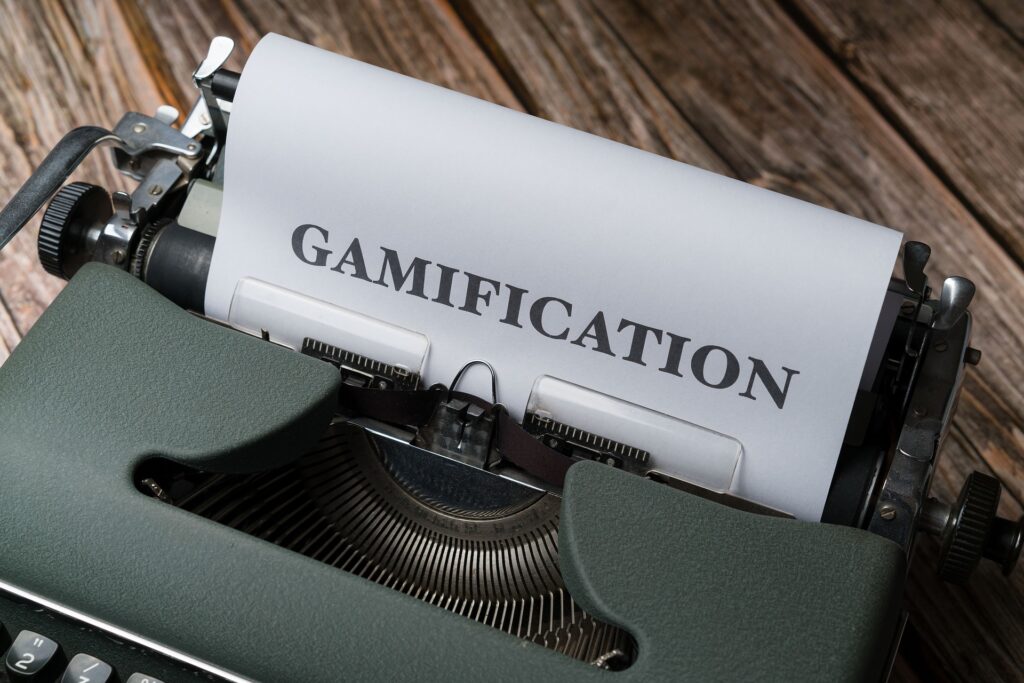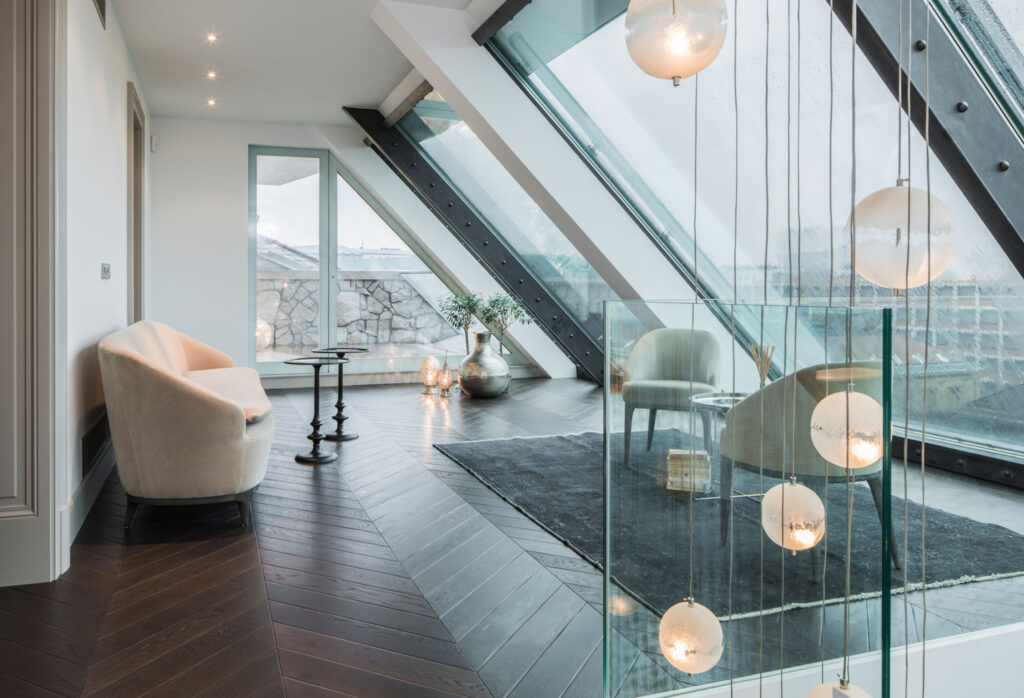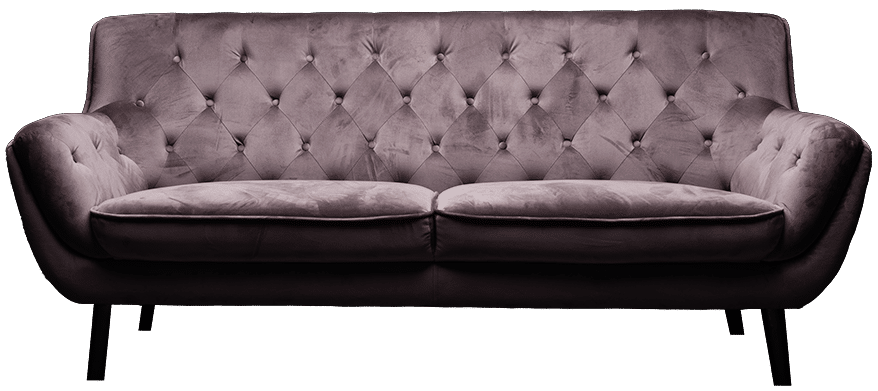Introduction to Architectural Photography
From the earliest daguerreotypes to today’s high-resolution digital images, architectural photography has always had the ability to capture the beauty and complexity of our built environment.
However, architectural photography is more than just capturing buildings. It requires a deep understanding of light, form, and perspective, as well as an eye for detail. It can be used to tell the story of a building, highlight its characteristics, or illustrate its relationship to the surrounding landscape.
In the real estate industry, architectural photography plays a key role. High-quality photos can significantly increase the value of a property and attract potential buyers or tenants. In this article, we will explore how to correctly photograph architecture to maximize the value of your real estate.
The Importance of Correctly Photographing Architecture
When it comes to real estate, the first impression counts. In today’s digital world, this first impression is often a photo. Correctly photographing architecture is, therefore, crucial. It can make the difference between a property lingering on the market and one that is quickly sold or rented.
Architectural photography can also help increase the value of a property. High-quality photos can highlight a building’s best features and present it in its best light. They can also help establish an emotional connection with potential buyers or tenants by conveying the feeling that they already belong there.
Furthermore, correctly photographing architecture can help convey the history and character of a building. This can be particularly valuable when dealing with historic or architecturally significant properties.
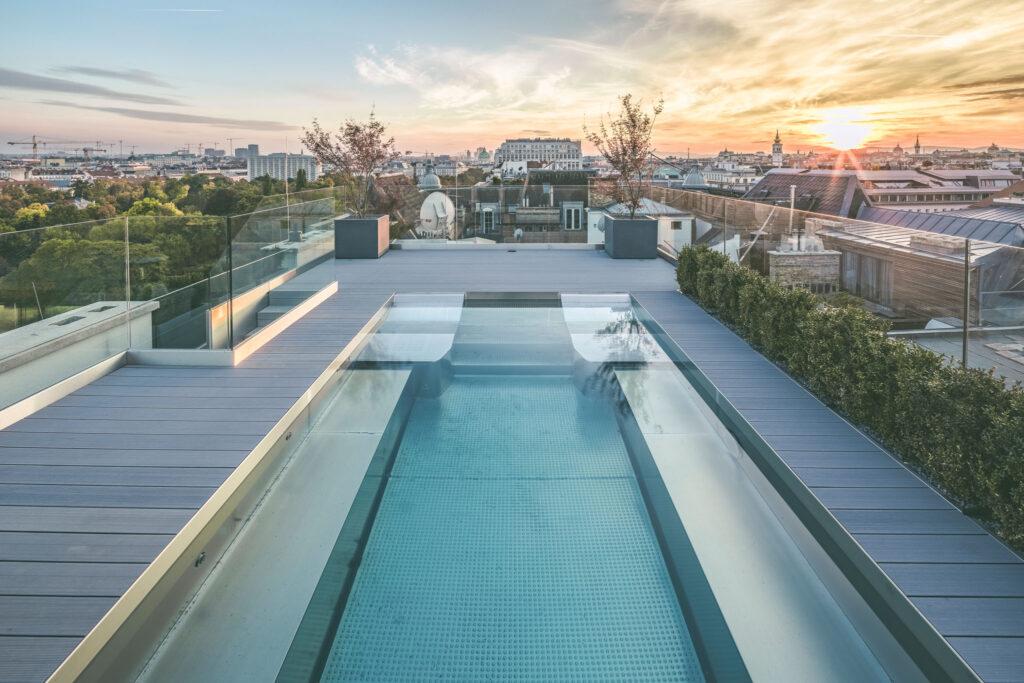
Understanding the Basics of Architectural Photography
Before you start photographing architecture, it’s important to understand a few basic principles. One of the most important things to consider is light. Light can dramatically influence the mood of a photo and is often the key to creating stunning images.
Another crucial aspect of architectural photography is perspective. The choice of viewpoint and angle can have a significant impact on how a building is perceived. It can help convey the size and scale of a building, highlight its shapes and lines, or focus on specific details.
Composition is also an important aspect of architectural photography. This involves arranging elements within the frame to create a balanced and appealing photo. It’s essential to take the time to find the best composition and experiment with different arrangements before capturing the final photo.
Equipment Required for High-Quality Architectural Photography
High-quality equipment is essential for architectural photography. A good camera is, of course, indispensable, but there are other pieces of equipment that can help achieve the best results.
A tripod is a useful tool that helps stabilize your image and capture sharp, clear photos. It also allows you to experiment with longer exposure times, which can be particularly useful when shooting in low light.
Lenses are another crucial part of your equipment. Wide-angle lenses are often the preferred choice for architectural photography as they allow you to capture a broad field of view and fully encompass large buildings or interiors.
Finally, filters can also be a useful tool. Polarizing filters can help reduce reflections and enhance colors in your photos, while neutral density filters allow you to experiment with longer exposure times without overexposing your images.
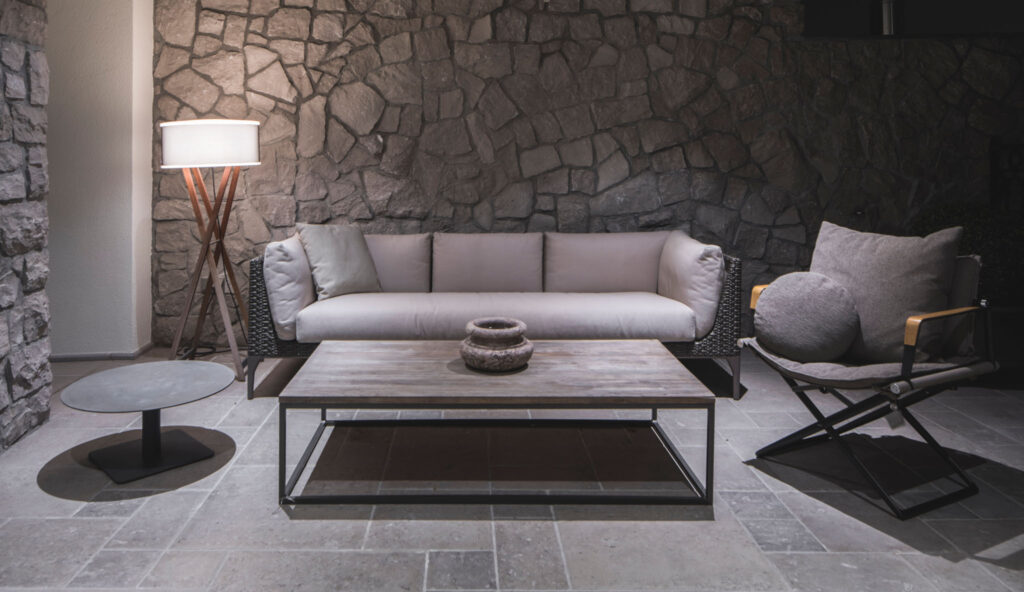
Tips and Techniques for Correctly Photographing Architecture
Correctly photographing architecture requires practice and patience, but there are some tips and techniques that can help you achieve better results.
One of the most important techniques in architectural photography is the use of lines. Lines can be used to guide the eye through the image and direct the viewer’s attention to specific aspects of the building.
Another useful tip is the use of colors and textures. Colors can help determine the mood of a photo and highlight certain elements, while textures can convey the materials and surfaces of a building.
Finally, it’s important to choose the best time for photography. Light changes throughout the day and can significantly influence the atmosphere and appearance of a building. The “golden hour” just after sunrise or just before sunset is often the best time for architectural photography, as the light is soft and warm, creating dramatic shadows and highlights.
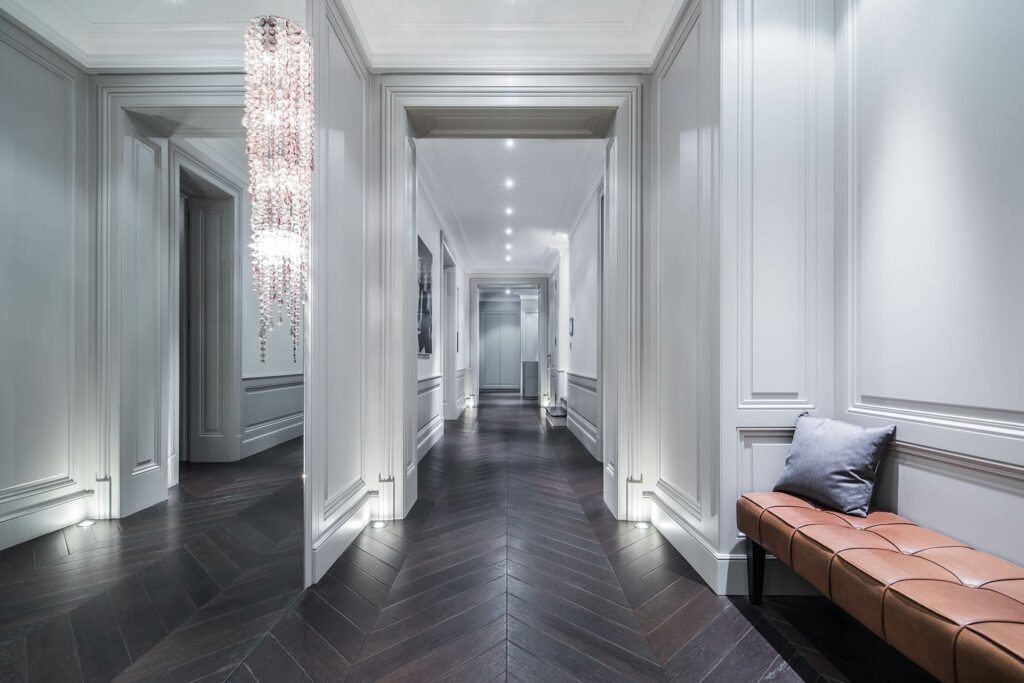
Real Estate Photography: Showcasing Your Property in the Right Light
Real estate photography is a specialized form of architectural photography that focuses on presenting a property in its best light. This can be especially important when trying to sell or rent your property.
A good tip for real estate photography is to capture the space as it is actually used. This means arranging furniture and decorations to make the space appear functional and inviting.
Another important factor is lighting. Natural light is often the best choice for real estate photography as it makes the space look bright and welcoming. It’s also important to pay attention to the interior lighting and ensure it highlights the best features of the space.
Finally, in real estate photography, always make sure to capture the entire building. This means photographing not only the interior but also the exterior and any gardens or other outdoor areas that may be present.
The Role of Architectural Photography in Property Presentation
Architectural photography plays a crucial role in presenting properties. It is often the first thing potential buyers or tenants see and can leave a strong first impression.
Good architectural photos can help highlight the best features of a property and entice potential buyers or tenants to want to see more. They can also help increase the value of a property by presenting it in its best light.
Furthermore, architectural photography can help convey the history and character of a property. This can be particularly important when dealing with historic or architecturally significant buildings.
Common Mistakes in Architectural Photography and How to Avoid Them
While architectural photography can be a rewarding and creative pursuit, there are also some common mistakes that should be avoided.
One of the most common mistakes is photographing the building from the wrong perspective. This can result in the building appearing distorted or disproportional. It’s important to find the best vantage point and possibly experiment with different angles to showcase the building in its best form.
Another common mistake is not using light correctly. Light can have a significant impact on the mood and atmosphere of a photo, and it’s important to choose the best time for photography and make the most of available light.
Finally, a common mistake is trying to cram too much into a single image. It’s often better to focus on one or two key aspects of the building and highlight them, rather than trying to capture everything at once.
Hiring a Professional Photographer vs. DIY Architectural Photography
While it’s certainly possible to take good architectural photos yourself, there are also benefits to hiring a professional photographer.
Professional photographers often have years of experience and a deep understanding of light, perspective, and composition. They also have high-quality equipment and can often achieve better results than an amateur.
Furthermore, a professional photographer can save valuable time and effort. They take care of all aspects of photography, from planning and preparation to post-processing the images, allowing you to focus on other aspects of selling or renting your property.
However, this doesn’t mean that DIY architectural photography is not an option. With the right equipment, a bit of practice, and the tips and techniques presented in this article, you can create impressive photos of your property and maximize its value.
Photography
Conclusion: Maximizing Property Value Through High-Quality Architectural Photography
In conclusion, architectural photography plays a crucial role in maximizing the value of your property. High-quality photos can help highlight the best features of your property, make a strong first impression, and attract potential buyers or tenants.
Whether you choose to hire a professional photographer or prefer to take your photos, the tips and techniques presented in this article can help you correctly photograph architecture and get the most out of your property.
Don’t forget that architectural photography is both an art and a science. It requires an understanding of light, perspective, and composition, as well as an eye for detail and a sense of the history and character of a building. With patience, practice, and the right tools, you can create impressive photos that maximize the value of your property and support you in your selling or renting process.
